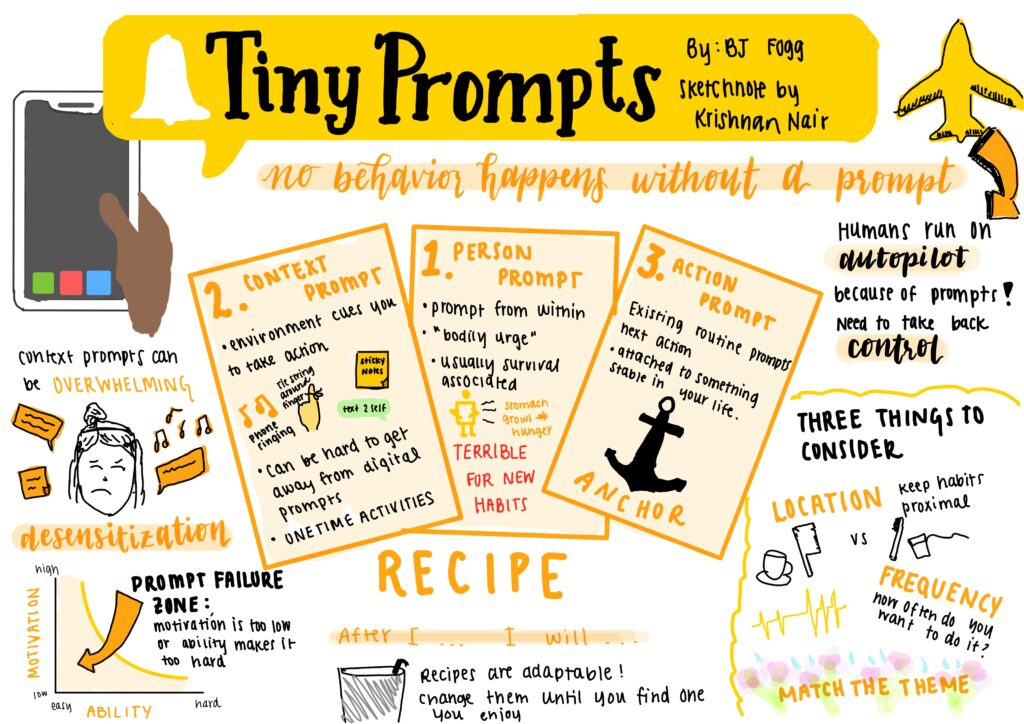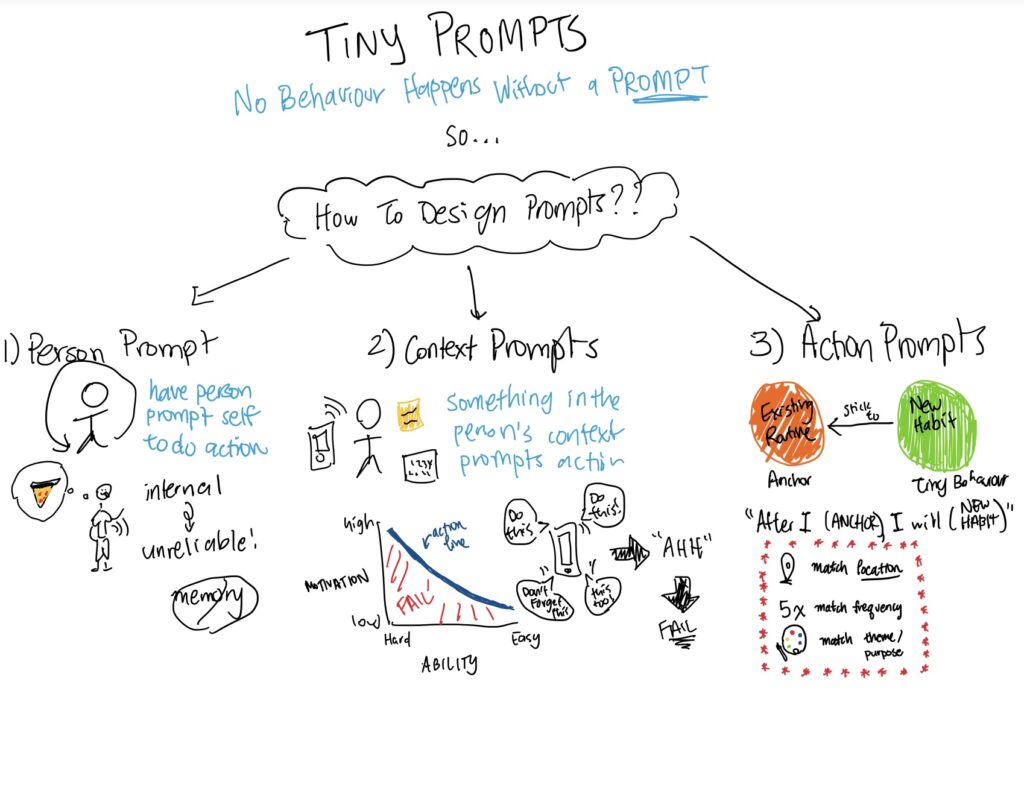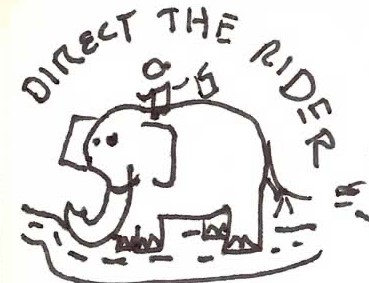Ambiguity, Interdisciplinary Thinking, Soft Skills
I see a product manager’s role as one that entails dealing with ambiguity, managing multiple moving parts, and showing strong soft skills.
Firstly, quoting a VP of product, LeMay says, “The skill of actually figuring out what you need is probably as important as what you do after you figure it out.” This sentiment highlights how a product manager needs to be able to effectively lead and plan in dynamic environments: setting feature development priorities for the quarter, effectively supporting team members in response to setbacks, and making strategic choices based on market trends.
Next, LeMay aptly depicts a product manager’s role as bridging multiple different functions to align user experience with business objectives. As LeMay highlights, the PM is not the one doing most of the building, but rather, the communicating, supporting, and facilitating that leads to a successful product launch or feature. This requires the ability to approach problems from multiple perspectives: design thinking through collaboration with designers, technical feasibility when planning with engineers, and business goals when communicating with strategy teams.
Finally, closely related to this is the importance of soft skills. The product manager’s role is about effectively leading teams to achieve business goals, and what underlies the success of that is strong leadership. As LeMay highlights, a PM’s task may involve bringing coffee for their team—highlighting how, central to a PM’s role is the ability to ensure their team feels supported and motivated. This entails strong communication skills, empathy, the ability to give and receive feedback effectively.
The Job & Personal Experiences
One thing that stood out to me was how LeMay highlighted how the PM role differs depending on the company, where the scope of an early-stage startup PM role can differ vastly from a large technology company. This past summer, I worked as a Product & Strategy Intern at a seed-stage startup, and the scope of my work could be compared to a product manager: I worked with engineers to design wireframes and Figma mock-ups that they then implemented; I led user interviews to refine ideal customer profiles; and I created marketing strategies and actionable insights for product features. In this environment, the CEO effectively served as the lead product manager of the company; however, there was often a lack of clear structure when it came to aligning design, engineering, and growth goals, highlighting the need for a more defined PM role.
Questions for LeMay
He highlights how a classic profile for a PM is “a technical person with some business savvy, or a business-savvy person who will not annoy the hell out of developers.” I’m curious what kind of preparation he thinks helps create each of these profiles? What does someone in each of these categories study? What kind of work experience do they have?
LeMay also touches on the hours and workload PM entails. I’m curious if he has recommendations for how PMs can prioritize what to focus on? Given the never-ending nature of work, how can one filter through tasks and ensure the most important work is getting done?



